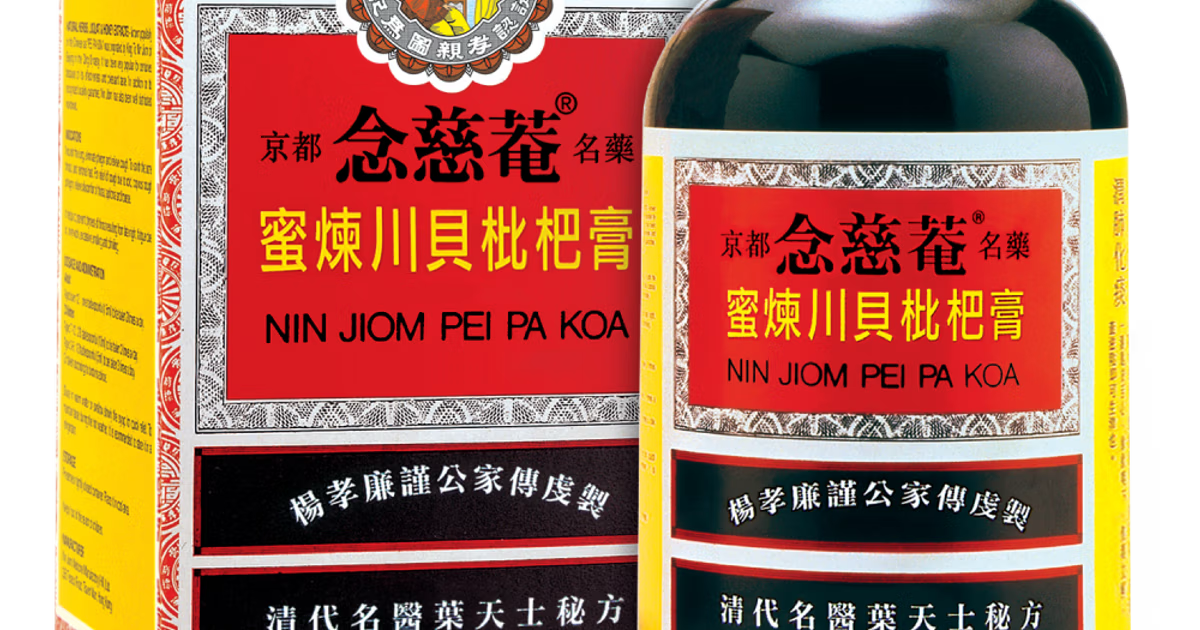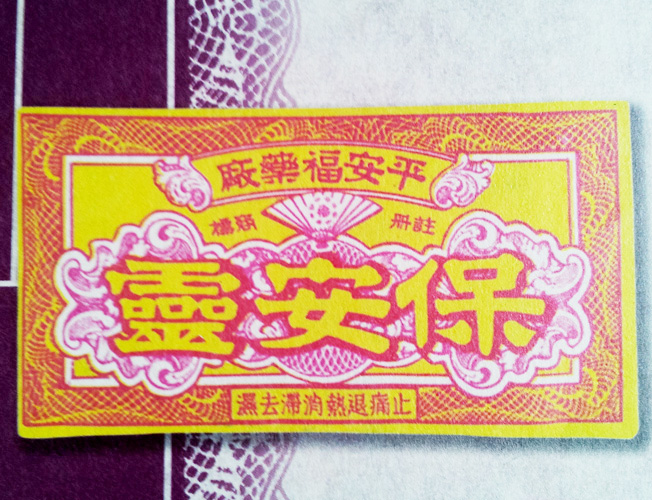Traditional Chinese medicine (TCM), like other ancient medical practices, holds a different concept of disease than we do today. It’s been said that in TCM, there are countless symptoms, but only one core disease: imbalance of qi.
The thinking is that when one’s qi (or energy flows, meridians, etc.) becomes imbalanced, the body’s natural order is thrown off, which can manifest in any number of symptoms. It’s not too far off from the medieval European ideas of leeching/bloodletting to solve the body’s humoral imbalances. As a result, China developed an array of different methods throughout history to go in and rectify these imbalanced flows. TCM has many shapes and forms – from therapies to drugs to mind-body practices – but all are based on the same core concepts. Here is a primer on some of the tools you might encounter while seeking TCM treatment:
1. Gua Sha Stone
Gua sha is pretty unheard of in the west, but some first-generation Asian American kids can tell you all about the violent scrapings they’ve received at the hands of their parents. We say “violent” not because it’s genuinely or seriously painful, but because the therapy involves lubricating the skin and scraping the edge of a coin, spoon, or more traditionally, a stone, against it. The scraping is believed to release toxins and improve blood flow, but it leaves a bright red rash, to the point that it led to accusations of child abuse being directed at scrape-happy immigrant parents in the 70’s.
2. Fire Cups
Fire cupping is not dissimilar to gua sha – it involves disrupting the skin to remove stagnation and improve blood flow. The difference is that fire cupping does this through suction. Practitioners douse cotton in alcohol and light it on fire inside a cup. They remove the fire and press it onto the skin in one motion, and the changing air pressure creates a seal of suction on the body intended to loosen blockages. It also leaves the patient looking like they’ve been beaten by someone wielding a frozen orange in a sock, marked by the signature deep purple circles of the process.
3. Acupuncture Needles
Acupuncture is probably the most recognizable form of TCM therapy overseas. Thin needles are placed into the skin at different meridians in order to redirect and improve qi flow.
The needles are usually stainless steel so as to prevent rusting, and are usually disposable. The blunter the needle the greater the pain, so hope for something sharp. Some acupuncturists even use electrical stimulation on the needles (electroacupuncture). Japanese and Korean acupuncture have their own traditions as well, that might use differently shaped needles or needles made from different materials.
4. Ear Candles
Ear candling is an older and much rarer form of traditional treatment, probably because it’s been harder for medical research to produce any results about its efficacy. The therapy involves placing one end of a hollow candle into the ear canal and lighting the other end to create negative pressure, and hopefully suck out all kinds of ear wax and debris.
Unfortunately, it’s proven pretty ineffective, and mostly just creates the opportunity for hot wax to drip into your ears. Our verdict is to just use a Q-tip for this one.
5. Body Flail
This tool isn’t for use by a professional, but for your own use at home – the tool you never knew you needed. Body flails are long, multi-pronged smacking instruments that can be made out of metal or wood. They’re popular with martial artists and are used to – you guessed it – break up blockages and improve circulation, as well as toughen the skin, by whipping them against your body. The kind of thing your grandpa might wake up early to do in the park.
These five tools are each totally different, but present only a tiny beginning of an insight into the deep, complex world of traditional Chinese medicine. We’ll wade deeper into this world as we go, so be on the look out for more ways to connect TCM with your daily existence in our Life section.
















